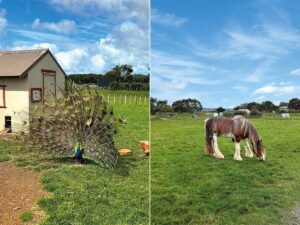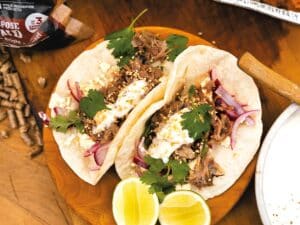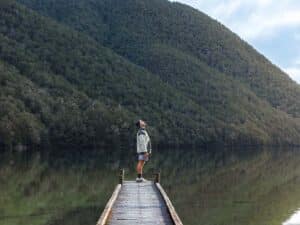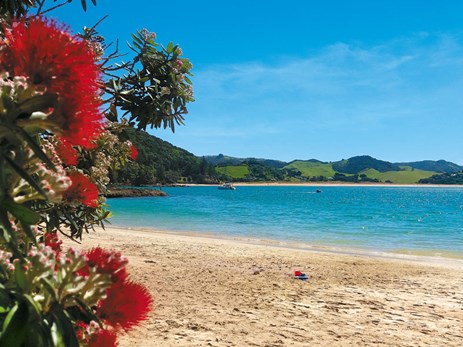 |
Whale Bay |
A towering kauri tree is not what you expect to find on the Tutukākā Coast, more famous for its beaches and diving at the Poor Knights Marine Reserve. Tanē Moana was once a wellguarded local secret but, since the development of the Te Araroa Trail, access has become easy.
There’s a small parking space on Waiotoi Road and a sign that shows the start of the walkway. The track takes walkers 7km from Ngunguru, past Tanē Moana and on to Matapouri. But if you stroll to the kauri and back, it takes about two hours, including time admiring the massive tree.
Tanē Moana is named for Tanē, the god of the forest, and moana, the sea. It is the only large kauri standing on Northland’s east coast and is more than 11m in circumference. A plaque commemorates the tree’s naming and the conservation work of locals, Forest & Bird and DOC.
Part of the inscription says, “Tanē Moana proclaims our loss and determines us to preserve.” Seeing just the one giant, where once there were so many, made me realise how different the landscape here once was.
A coastal paradise
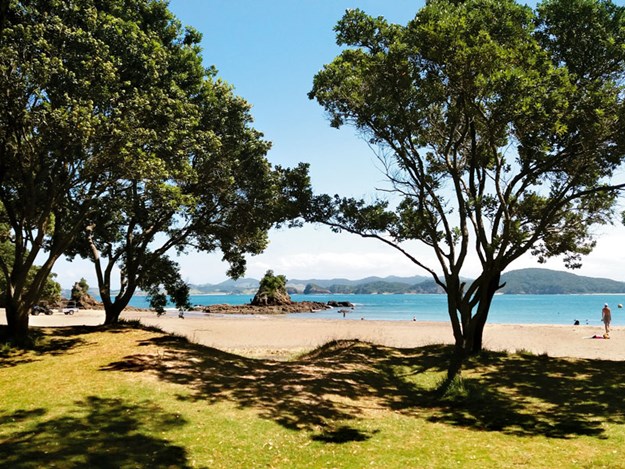 |
Whangaumu (Wellington’s) Bay |
The village of Ngunguru is quiet for most of the year but comes alive over the summer as holidaymakers enjoy the calm waters of the estuary. Children splash in the shallows, families swim, kayakers and paddleboarders head up the river and boaties turn for the open ocean.
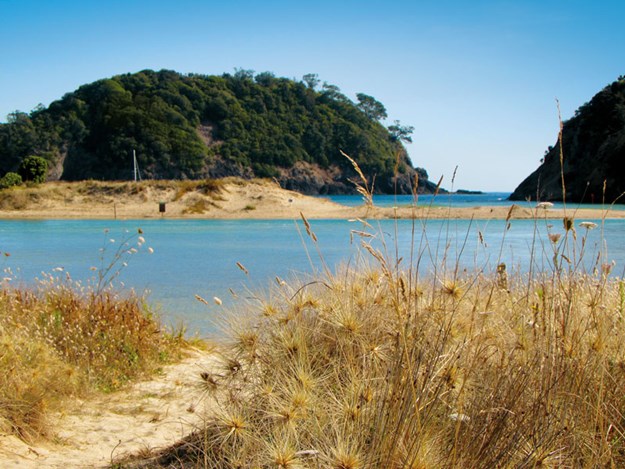 |
Matapouri Estuary |
The store does a roaring trade in ice cream, the takeaway bar features fresh fish of the day, and the Salt Air Café is recommended for coffee or lunch. At low tide, you can walk round to Whangaumu Bay (also known as Wellington’s Bay), one of the prettiest beaches on the coast and, for the more energetic, there’s a cycle trail, the Old Coach Road, that loops through the countryside.
Gateway to poor knights island
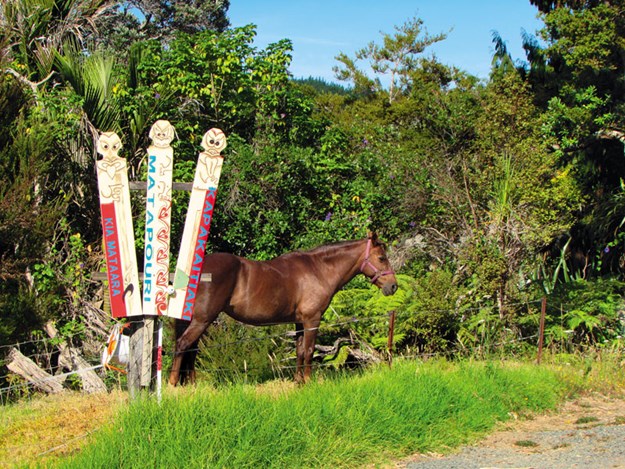 |
Matapouri village |
Just over the hill from Ngunguru, Tutukākā Marina lies in the protected waters at the head of the harbour, almost enclosed by hills and headlands to the north and south. Home to local boats and visiting yachts, the marina also has diving- and fishing-charter boats for hire.
Schnappa Rock Restaurant, with its thatched fale-style roof, is a great place Whale Bay Matapouri village to watch the world go by, but there is a choice of cafés and dining at Tutukākā, including the Marina Pizza Bar and the Deep Sea Anglers Club.
At the Oceans Resort on Marina Road, there’s a hotel, specialty shops and galleries to browse. I particularly love the art of Steve Moase, whose detailed work records local scenes.
To get a different view of Tutukākā Harbour, or to stretch your legs after enjoying the town’s eateries, there’s a walking track to the lighthouse on Kukutauwhao Island, accessible at low tide from Tutukākā Head. The route starts at a car park on Landowners Lane and takes you along the headland, then down steep steps, before crossing to the island.
There’s a beachy area between the headland and the island, with rock pools and tiny sandy coves to explore. The island is cloaked in native bush, but the area around the lighthouse is open, providing views out to the Poor Knights, along the coast and inland past the marina.
Hidden delights
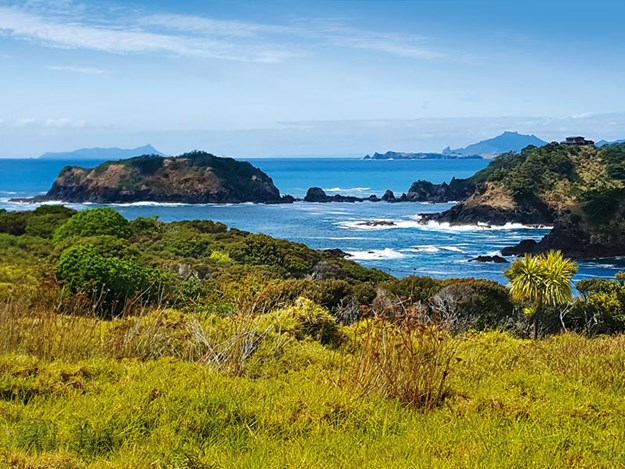 |
The entrance to Tutukākā Harbour |
There are so many pretty bays here that visitors are spoiled for choice. Tutukākā Block Road leads past Church Bay and Kowharewa Bay - inside the Tutukākā Harbour - before arriving at Whangaumu Bay at the entrance to the Ngunguru Estuary.
All these bays are suitable for swimming because they are protected from the ocean swells. There’s more scope for kayakers to explore, as many of the bays don’t have road access. Ngunguru and Matapouri also have rivers to investigate behind the sand spits. A couple of kilometres north from Tutukākā, there’s a sign for Sailfish Cove Winery.
North Gable Way wends along a ridge and then dips down to the winery, its vineyards stretching almost to the cliff edge itself. During the summer, the vineyard is open for tastings and sales; its shady deck is a great place for a drink after enjoying an afternoon at the beach.
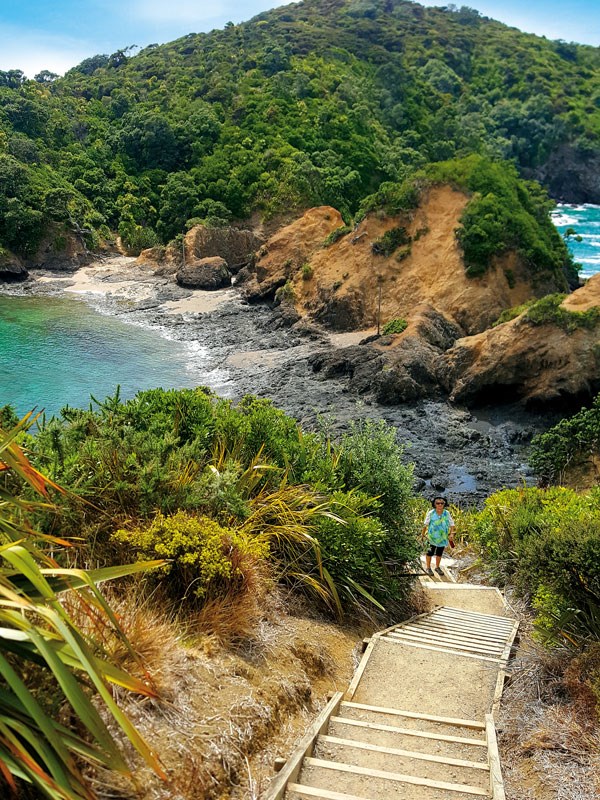 |
Tutukākā Lighthouse walk |
To get a different view of Tutukākā Harbour, or to stretch your legs after enjoying the town’s eateries, there’s a walking track to the lighthouse on Kukutauwhao Island Tutukākā Lighthouse walk The entrance to Tutukākā Harbour 36 Motorhomes Caravans & Destinations Tawāpou Coastal Natives, a wholesale plant nursery, is just a little further along the road to Matapouri.
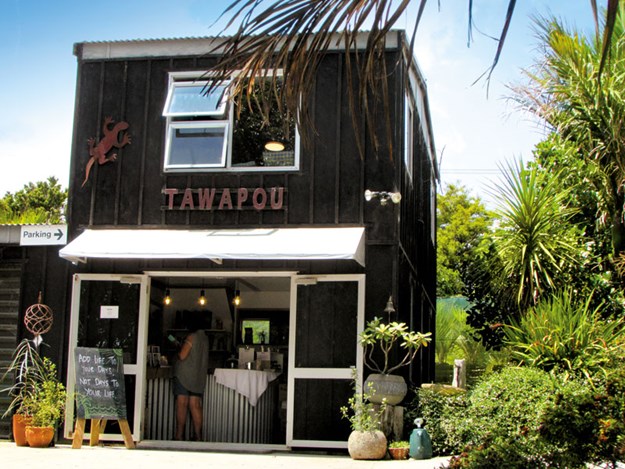 |
A café at Tawāpou |
If you follow the long twisty drive, you’ll arrive at a little shop and café. We loved the interesting wooden sculptures, crafted by Tawāpou owner, Guy Bowden. The timber came from an old pier at Tutukākā and old pūriri logs from the property. Guy says on his website that pūriri used to grow so thickly along the coast there was a tree suitable for milling every 20m.
It was heartening to hear that there are community planting days on the covenanted land at Tawāpou. The Bowdens are big supporters of local ecology and aim to provide a coastal corridor for flora and fauna from the Poor Knights Islands.
Golden beaches
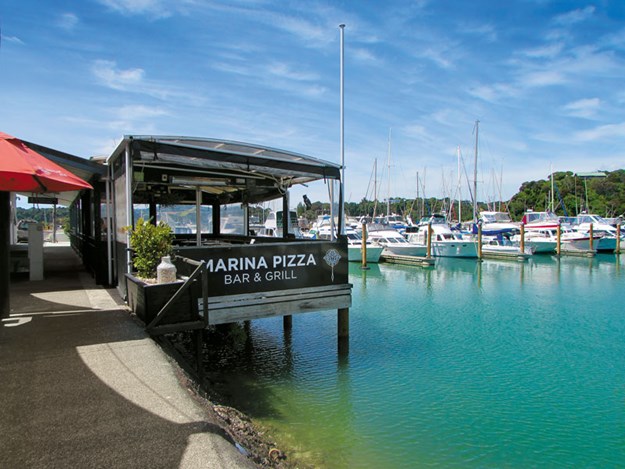 |
Marina Pizza at Tutukākā Marina |
Matapouri is just past Tawāpou and is a popular spot for campers over the summer. It has one of those typical little beach stores that sells everything and a noticeboard that promotes the local yoga classes and community events. I couldn’t resist buying a calendar featuring colourful local scenes painted by Matapouri local Jovian Parry.
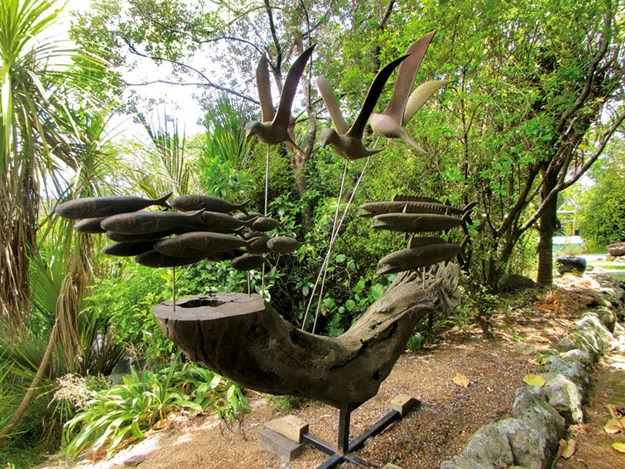 |
The Hunt sculpture at Taw āpou |
Matapouri’s curving beach has white sand and the water is usually calm so it’s a favourite with families, though a big Marina Pizza at Tutukākā Marina The Hunt sculpture at Taw āpou 37 easterly swell can cause rips. Another lovely walk starts at Matapouri Bay and goes to Whale Bay. (Lonely Planet describes both beaches as among the best in New Zealand.)
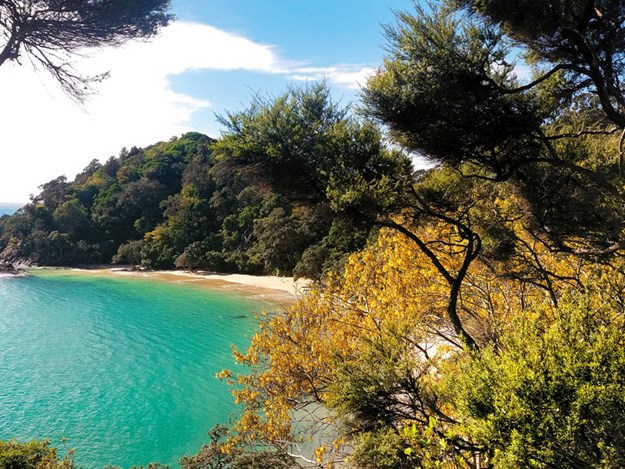 |
Kōwhai flowering on the track to Whale Bay |
There’s a shorter track to Whale Bay from the road, but the walk has fantastic views and passes through a variety of scenery. From a lookout on the cliffs, you’ll see the Poor Knights Islands, while Whale Bay itself has views up the coast past Woolleys Bay to Sandy Bay and beyond.
Māori used Whale Bay as a base for early whaling missions, but nowadays nowhere could be more peaceful. When swimming or snorkelling from the beach, I’ve enjoyed looking up at the surrounding bush that is bright with yellow kōwhai flowers in spring and red with pōhutukawa blossom in summer.
Those same trees give great shade on hot days. From Whale Bay, the track loops inland along a ridge and then through farmland back to Matapouri. Next along the coast is Woolleys Bay - a quieter spot where we enjoyed freedom camping.
It’s close to the surfing Mecca of Sandy Bay, so it has quite a swell at times but, when calm, it is good for children learning to boogie board. It is also particularly lovely to stroll along before sunset on summer evenings.
Surfers' paradise and stunning scenery
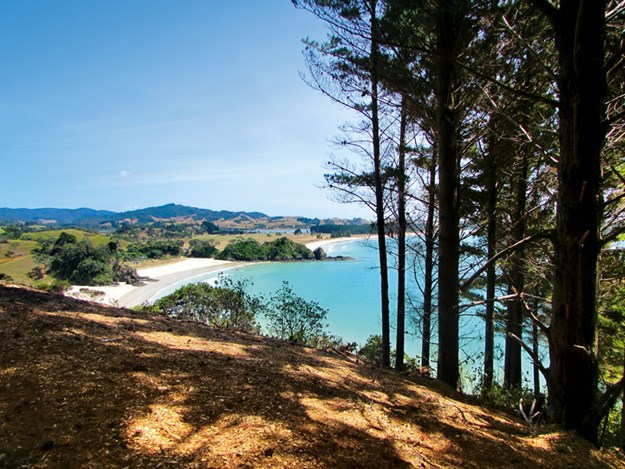 |
The walk from Sandy Bay to Whananāki |
The water at Sandy Bay is always full of wet-suited bodies. When the surf is big, it’s fun to watch the experts ride the waves. The road turns away from the coast here and makes its way back to SH1 at Hikurangi.
Sandy Bay is also the start of an extended (12km return) walk along the coast to Whananāki. It takes about six hours, including a side trip to the Capitaine Bougainville monument, which commemorates a shipwreck that occurred in 1975 leading to the loss of 16 lives.
The water at Sandy Bay is always full of wet-suited bodies. When the surf is big, it’s fun to watch the experts ride the waves Kōwhai flowering on the track to Whale Bay The walk from Sandy Bay to Whananāki 38 Motorhomes Caravans & Destinations
Furthur information
- Information about most of the things to do and see on the Tutukākā Coast can be found at tutukakacoastnz.com
- More about Tawāpou can be found at tawapou.co.nz, and the website for Sailfish Cove Wines is sailfishcove.co.nz
- There is a holiday park at Tutukākā, on Matapouri Road, almost opposite the turn into the marina. There is a dump station here for park-users. There are three places for NZMCA members to stay in Ngunguru and a campervan park at 24 Munro Place, Ngunguru.
- Freedom camping is allowed at Kowharewa Bay, Ngunguru Library and the Wehiwehi Road car park at Matapouri, maximum three-night stay. There’s a one-night limit at Woolleys and Sandy Bays. Information about freedom camping in the area is available in brochures locally and from wdc.govt.nz Whangaumu (Wellington’s) Bay A café at Tawāpou Matapouri Estuary It’s also worth continuing across the footbridge into Whananāki for ice cream or a cold drink before making the return trip, especially on a hot day. All in all, the Tutukākā Coast has more to see and do than a drive-through might suggest. It’s a great place to stay for a while and explore.


